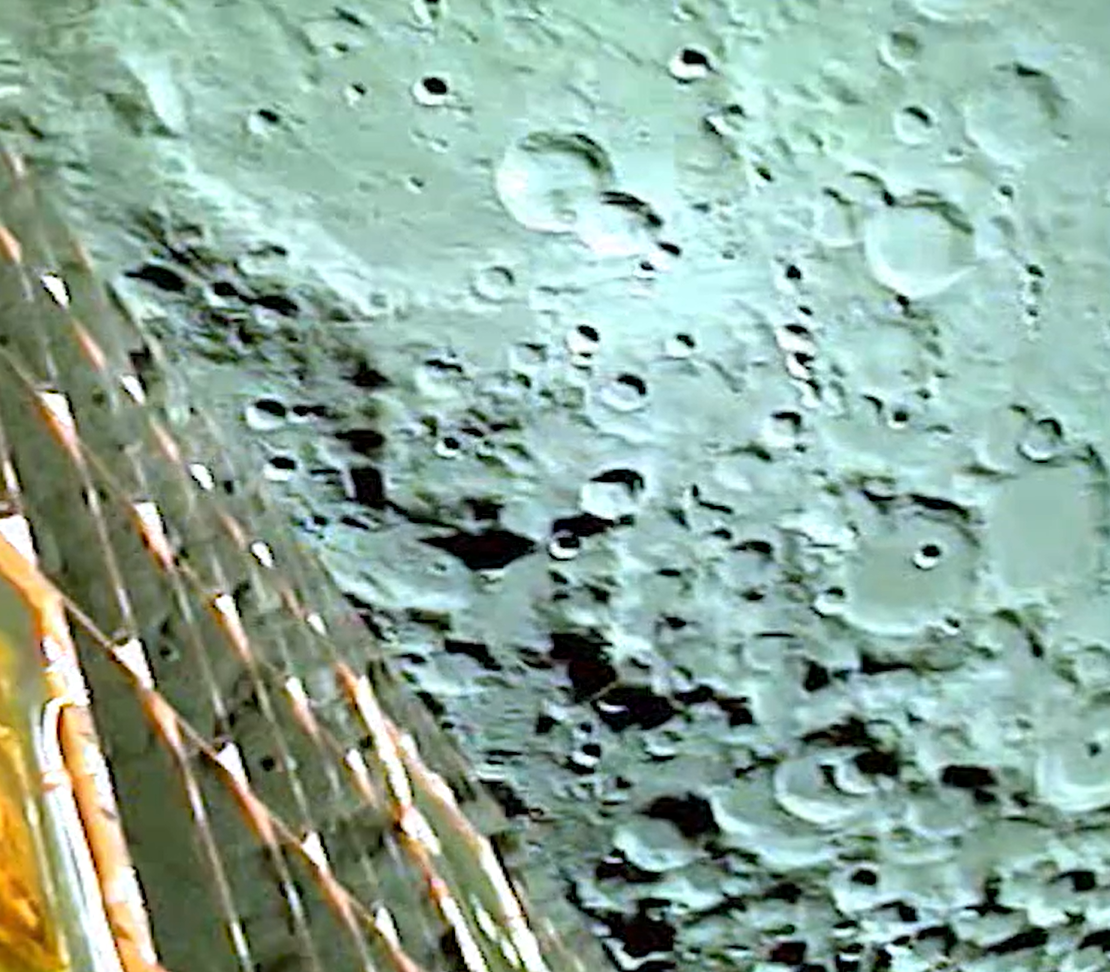The Indian Space Research Organisation (ISRO) released the first images of the Moon as captured by India’s historic moon mission, Chandrayaan-3, on Sunday.
The images show craters on the lunar surface getting larger and larger as the spacecraft draws closer. A day before, the unmanned spacecraft entered the lunar orbit and scientists expect it to make a soft landing on the surface on August 23.
If successful, India will be the first country to perform a controlled “soft landing” near the south pole. The south pole of the Moon is still largely unexplored – scientists say the surface area in permanent shadows there is much larger than that of the Moon’s north pole, and could potentially contain water. The mission’s success will also make India only the fourth to achieve a soft landing on the Moon after the US, the former Soviet Union and China.
ISRO said that all checks showed that Chandrayaan-3 was in good “health”. The lander (called Vikram, after the founder of Isro) weighs about 1,500kg and carries inside the 26kg rover which is named Pragyaan, the Sanskrit word for wisdom.
As the mission advances, ISRO has planned a sequence of manoeuvres to gradually position Chandrayaan-3 in a specific path around the moon, about 100 kilometres above its surface and align it with the lunar poles. They will determine a precise landing site near the moon’s south pole within the next ten days. Then, the propulsion module – the part of the spacecraft that gives it the power to move – will detach from the lander while in orbit. Following this, the lander will descend from orbit and make a soft landing attempt.
This mission comes 13 years after the country’s first Moon mission in 2008, which discovered the presence of water molecules on the parched lunar surface and established that the Moon has an atmosphere during daytime.
ISRO launched Chandrayaan-2 – which also comprised an orbiter, a lander and a rover – in July 2019 but the mission was only partially successful. Its orbiter continues to circle and study the Moon even today, but the lander rover failed to make a soft landing and crashed during touchdown.





